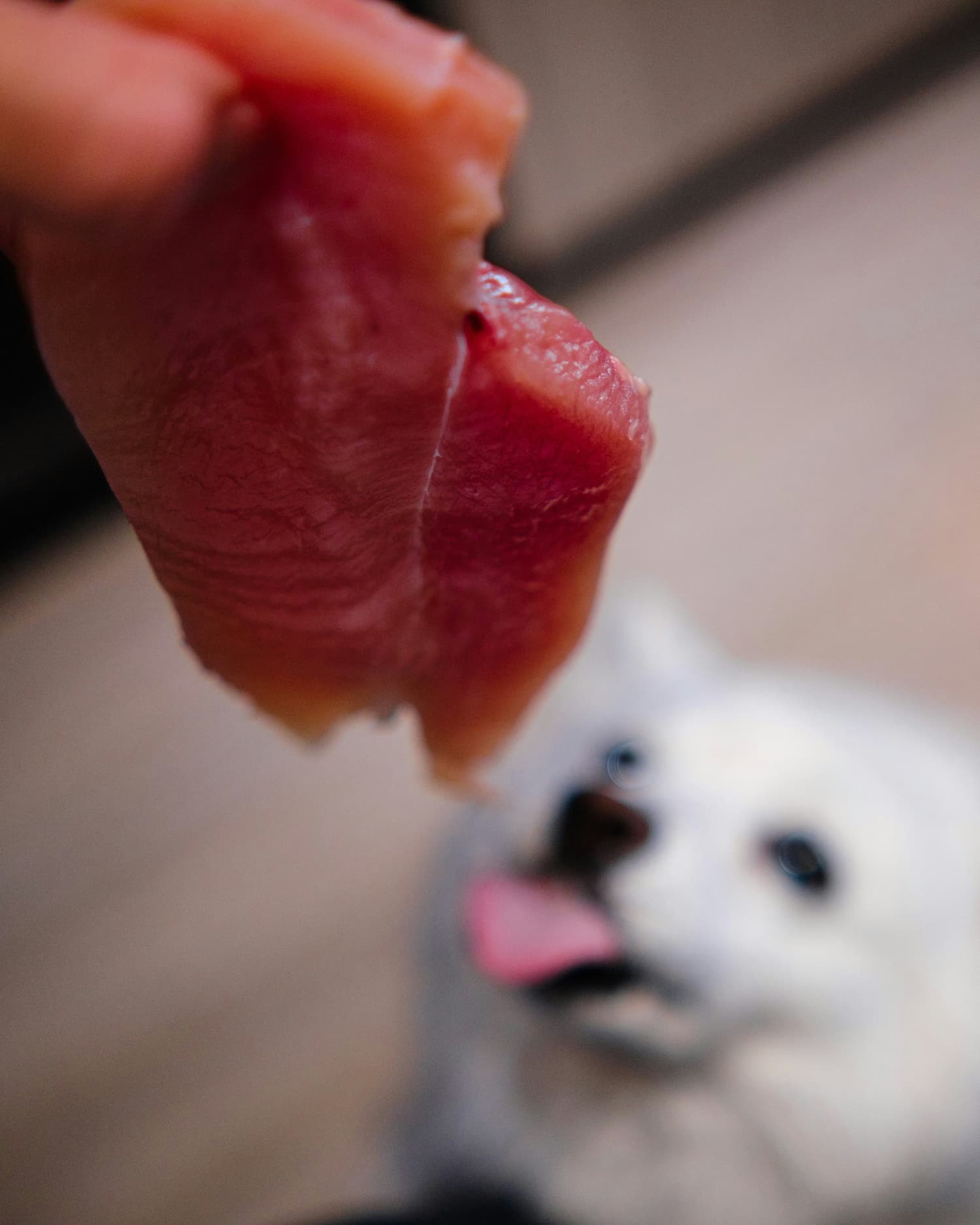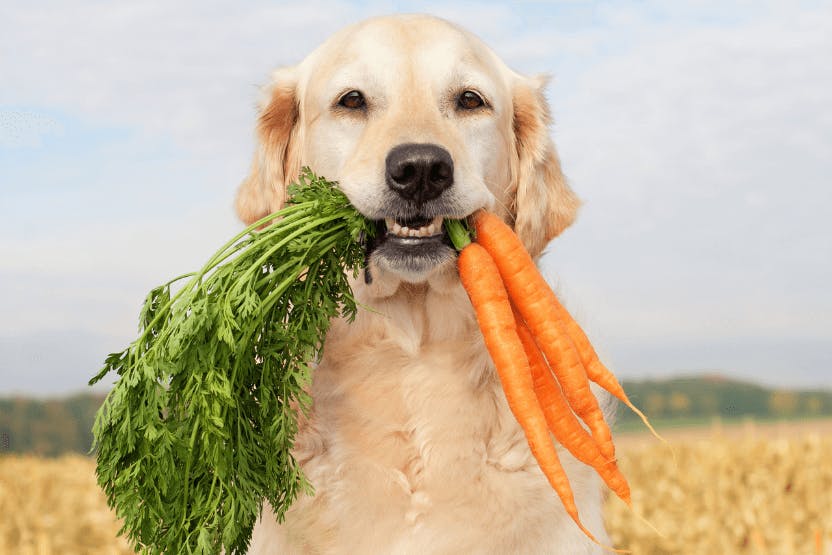Bringing home a new puppy is an exciting time filled with playfulness, cuddles, and… plenty of questions. One of the most common concerns for new pet parents is nutrition—specifically, how much to feed a puppy. It can be confusing to figure out the right amount of food to support their rapid growth without overdoing it. This guide will walk you through everything you need to know about puppy portions, schedules, and choosing the right food to set your furry friend up for a healthy life.
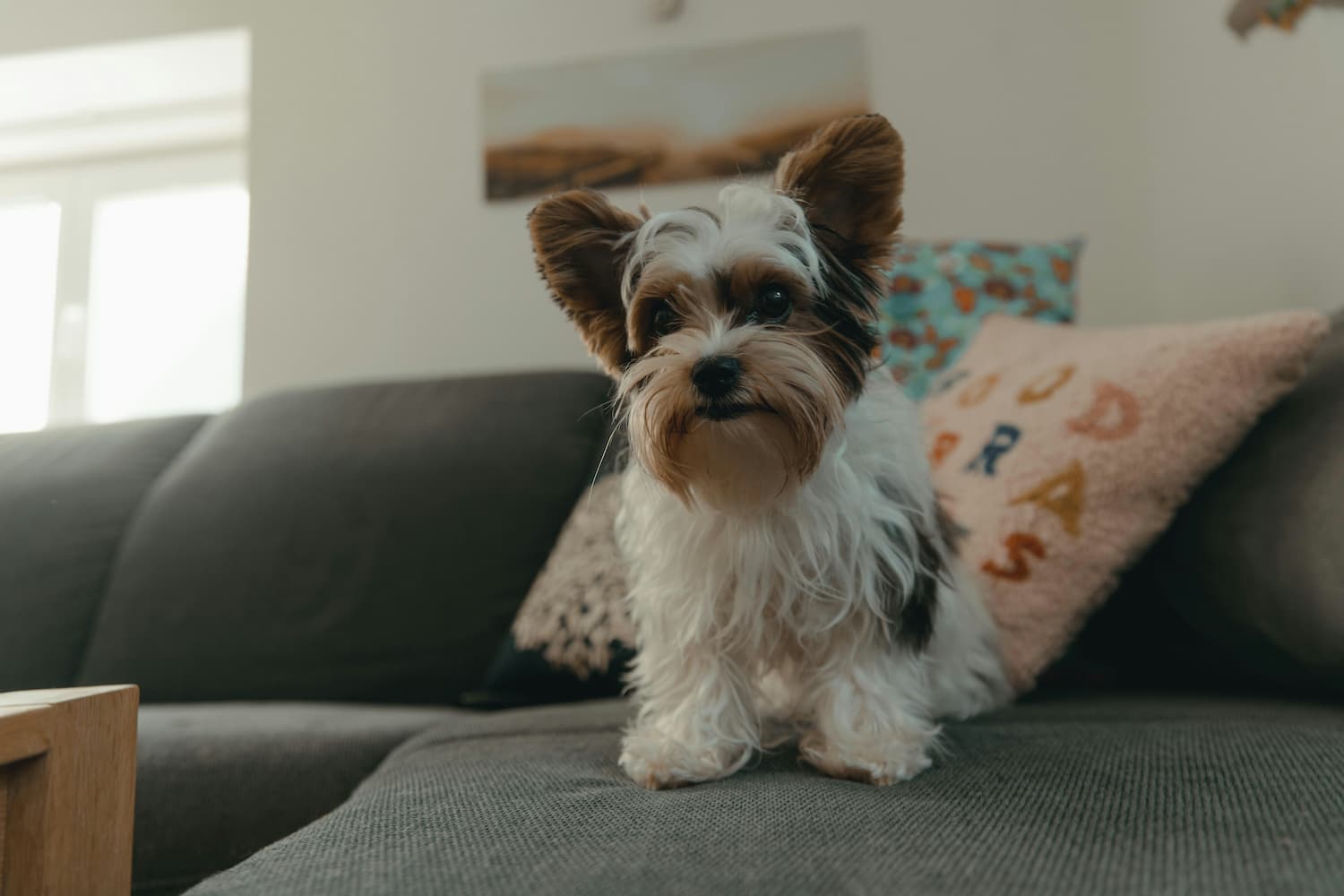
Factors That Affect How Much Food to Feed a Puppy
There isn’t a single “right” amount for every pup.Several key factors influence their unique nutritional needs:
How Much Should I Feed My Puppy?
The most accurate way to determine how much should I feed my puppy is to use the calculated resting energy requirement (RER) as a base, which is the number of calories your puppy would need if it were resting all day. A general formula for this is RER = 30 × body weight (kg) + 70.
However, growing puppies need more than just their RER. Their actual daily energy requirement is then calculated by multiplying the RER by a factor that accounts for their age and growth (often between 1.8 and 2.5 for puppies) . This means a puppy’s energy needs can be nearly double that of an adult dog of the same weight!
While these calculations are useful, the best place to start is the puppy feeding chart located on the bag of your high-quality puppy food. These charts are formulated based on your puppy’s expected adult weight and current age. Remember, these charts are a guideline. You will need to monitor your puppy’s body condition and adjust accordingly.
Puppy Feeding Chart by Age & Weight
This chart provides a general guideline for how much should puppies eat based on their expected adult weight. Always defer to the specific instructions on your puppy food package, as caloric content varies.
|
Adult weight estimate |
6–12 weeks (daily) |
3–5 months (daily) |
5–7 months (daily) |
7–12 months (daily) |
|
Up to 5 lb |
½ – 1 cup |
½ – ¾ cup |
¼ – ½ cup |
¼ – ½ cup |
|
6–10 lb |
1 – 1½ cups |
¾ – 1 cup |
½ – 1 cup |
½ – ¾ cup |
|
11–20 lb |
1½ – 2½ cups |
1 – 1¾ cups |
1 – 1½ cups |
¾ – 1¼ cups |
|
21–40 lb |
2½ – 4¼ cups |
1¾ – 3 cups |
1½ – 2½ cups |
1¼ – 2¼ cups |
|
41–60 lb |
4¼ – 5¾ cups |
3 – 4 cups |
2½ – 3½ cups |
2¼ – 3 cups |
|
61+ lb |
5¾+ cups (breed-specific) |
follow label & vet plan |
follow label & vet plan |
follow label & vet plan |
Important Note: Small breed puppies often reach adulthood faster (around 9-12 months) and can transition to adult food sooner. Large and giant breeds grow for a longer period and should stay on specially formulated large-breed puppy food until they are 12-24 months old to support controlled growth.
How Often Should I Feed My Puppy?
Puppies have small stomachs and high energy needs, so they need to eat more frequently than adult dogs. This scheduled approach also helps with potty training, as their elimination needs become more predictable.
A consistent schedule, like breakfast, lunch, and dinner for a young pup, helps regulate their digestion and creates a sense of routine. After a meal, puppies will typically need to poop within 15-30 minutes.
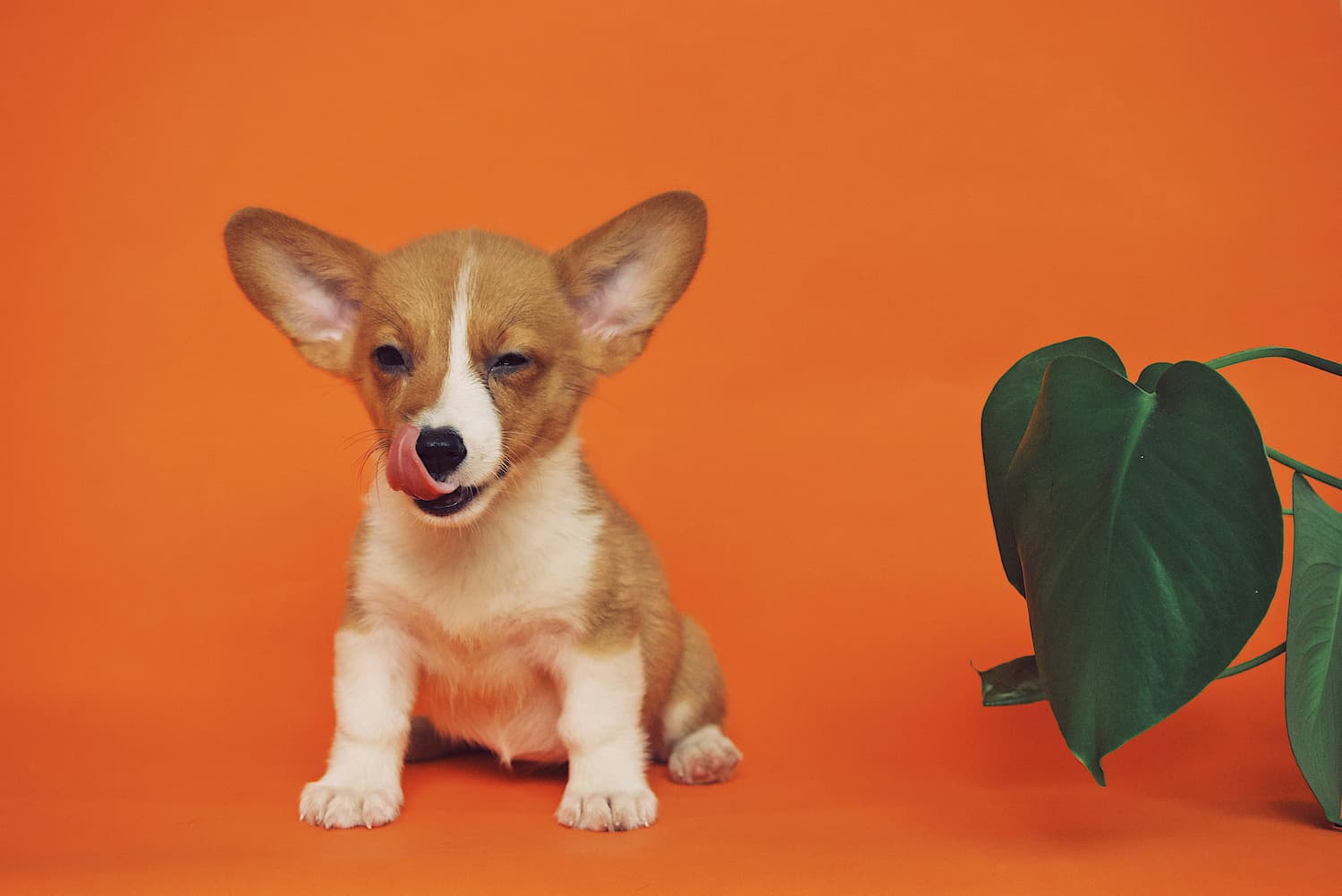
What Should I Feed My Puppy?
Selecting the right food is just as important as determining the quantity.
What Mistakes Should I Avoid When Feeding?
Even with the best intentions, it’s easy to make missteps. Here are key mistakes to avoid:
When Should I Transition to Adult Food?
The timing for switching from puppy food to adult food depends on your dog’s breed size, as they mature at different rates.
Always consult your veterinarian before making the switch to ensure your dog is physically mature enough.
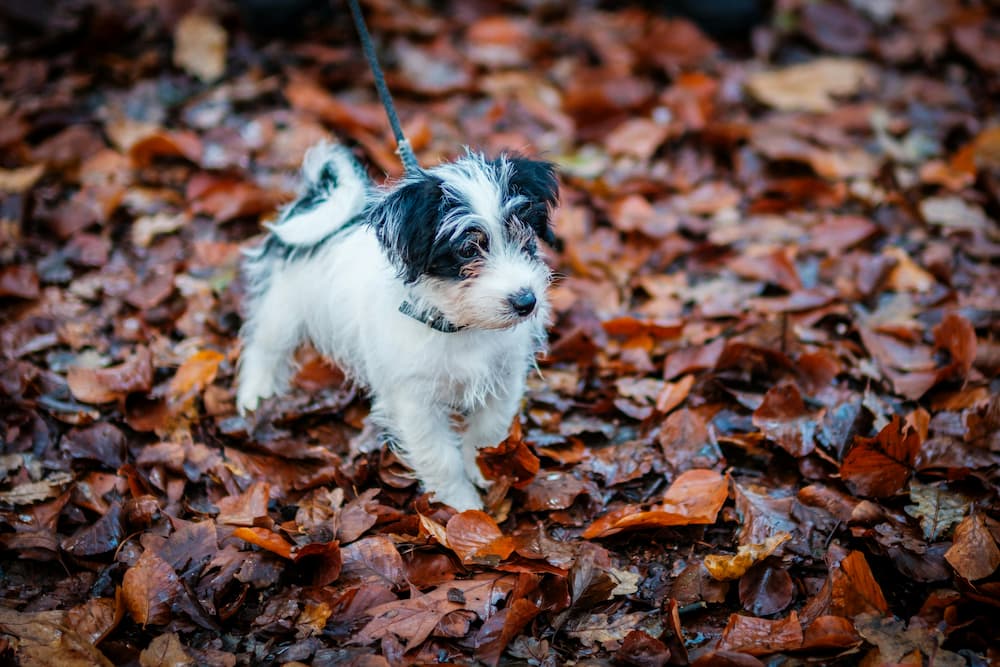
Conclusion
Figuring out how much to feed a puppy doesn’t have to be stressful. By considering your puppy’s age, weight, breed, and activity level, using a puppy feeding chart as a starting point, and consulting your vet, you’ll provide the perfect portions. Remember, how much should puppies eat changes as they grow—stay observant for signs of hunger or fullness. With consistent feeding practices and high-quality food, you’ll support your puppy’s healthy development into a happy adult dog.
FAQ
Is 1 cup of food enough for a puppy?
It depends on their age, weight, and breed. A 1-cup portion may suffice for a 6-month-old small breed puppy but be insufficient for a growing large breed puppy. Always check the bag’s kcal/cup and the feeding chart for your puppy’s weight and age.
How long after a puppy eats do they poop?
Puppies typically need to poop within 15 to 30 minutes after eating a meal. This is why scheduling meals and then immediately taking them out for a potty break is such an effective potty training method.
How do I know if I’m feeding my puppy enough?
The best way to know is to monitor your puppy’s body condition and energy. You should be able to easily feel their ribs under a thin layer of fat. They should be energetic, not lethargic, and have a healthy, shiny coat. Consistent, well-formed stools are also a good sign. If you’re unsure, your veterinarian can help you assess your puppy’s weight and diet.

